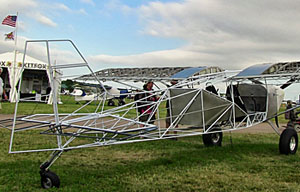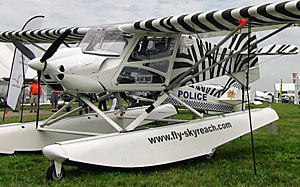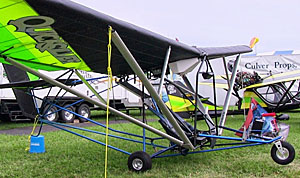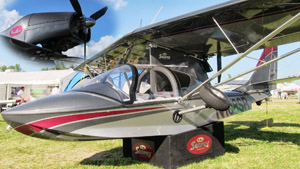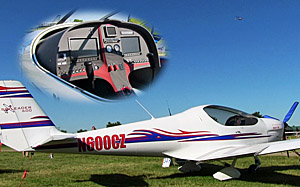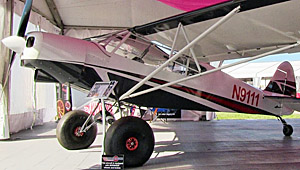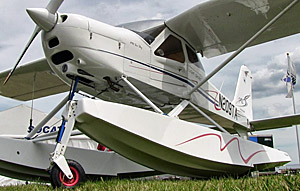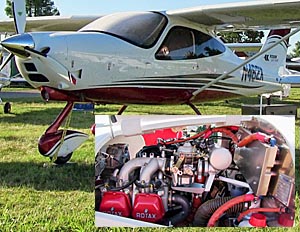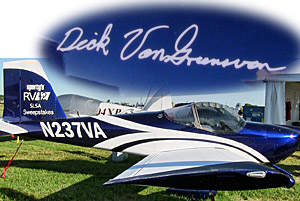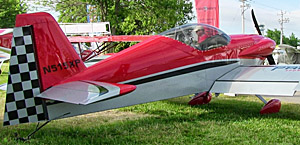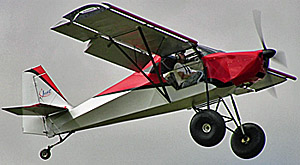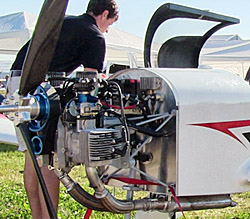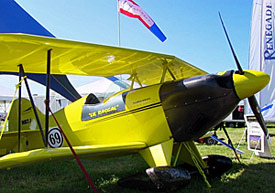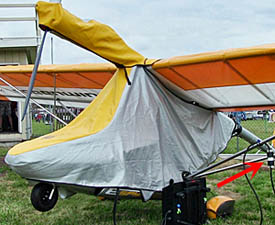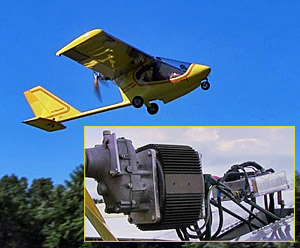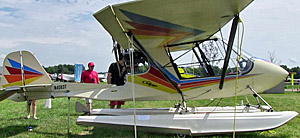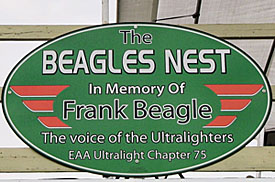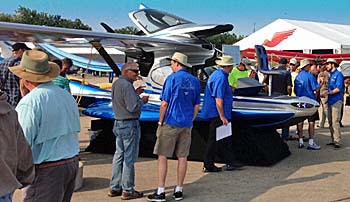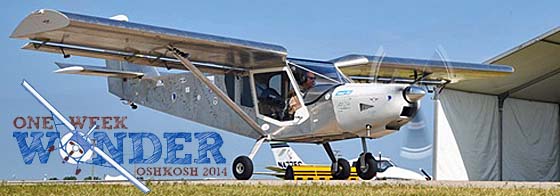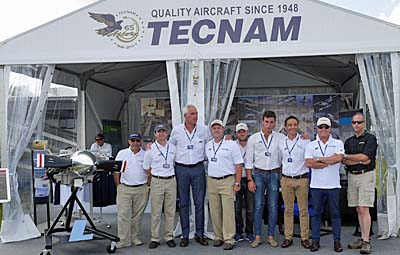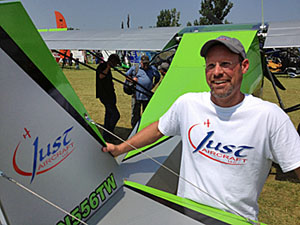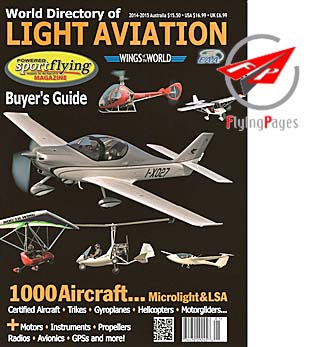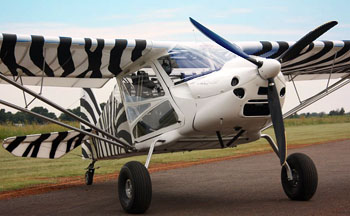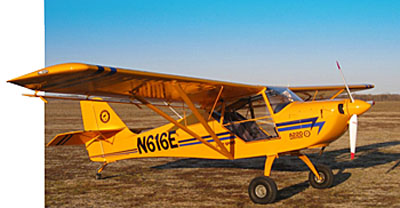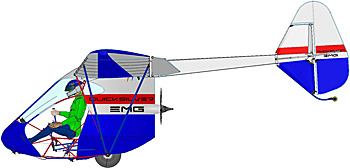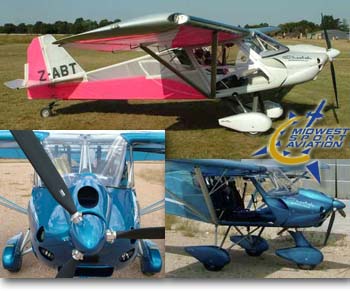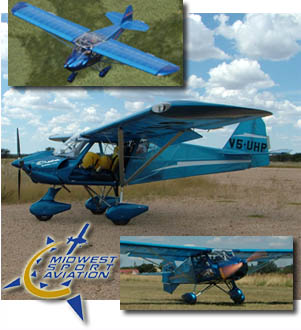
By any measure 2020 has been an unusual year. While millions were thrown out of work by lockdowns to prevent the virus from spreading, we all read or hear that plenty of other workers can work from home or have businesses that cannot be restricted by government decrees. In this context, how might the aviation industry be holding up? We read — and some brave travelers have experienced first-hand — how the airline industry is in a deep hole, prompting large layoffs. In this third quarter report for the calendar year, I’ll look at some numbers for general aviation manufacturers as well as the light aviation industry that has my full focus. The short answer: some are doing surprisingly well. Light-Sport Aircraft Before I launch into an analysis, I must extend grateful thanks to Datastician Extraordinaire, Steve Beste, who does such a comprehensive job compiling and demystifying data from FAA’s aircraft registration database.


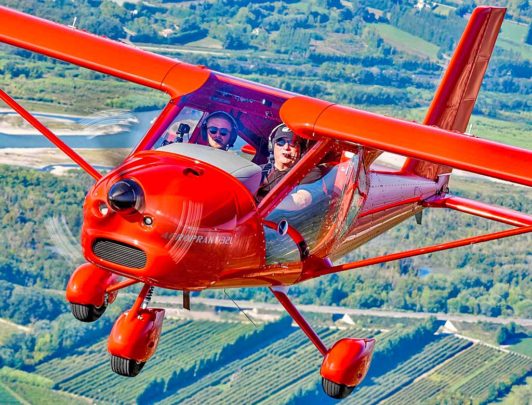 In this context, how might the aviation industry be holding up? We read — and some brave travelers have experienced first-hand — how the airline industry is in a deep hole, prompting large layoffs.
In this third quarter report for the calendar year, I'll look at some numbers for general aviation manufacturers as well as the light aviation industry that has my full focus.
The short answer: some are doing surprisingly well.
In this context, how might the aviation industry be holding up? We read — and some brave travelers have experienced first-hand — how the airline industry is in a deep hole, prompting large layoffs.
In this third quarter report for the calendar year, I'll look at some numbers for general aviation manufacturers as well as the light aviation industry that has my full focus.
The short answer: some are doing surprisingly well.
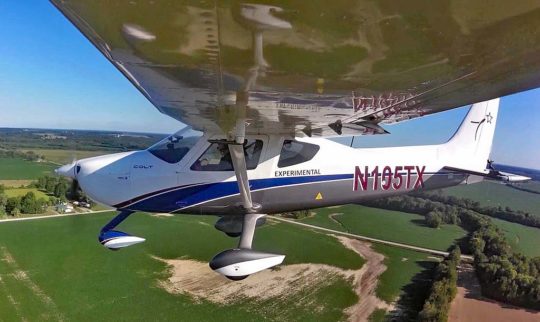 It bears repeating. You can go poke around FAA's database yourself …but while you access the same information you won't get the same details as we have here without a lot of work.
What you see here is thanks to Steve's noteworthy skills at organizing data and solving the puzzles made by aircraft with varying registration information.
To better understand Steve's marvelous work,
It bears repeating. You can go poke around FAA's database yourself …but while you access the same information you won't get the same details as we have here without a lot of work.
What you see here is thanks to Steve's noteworthy skills at organizing data and solving the puzzles made by aircraft with varying registration information.
To better understand Steve's marvelous work, 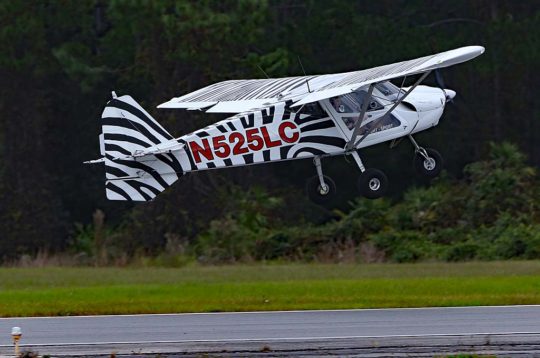 Steve summarized, "Some [producers] are doing stupendously better than last year. Others, not so much."
Some, like "Most Improved"
Steve summarized, "Some [producers] are doing stupendously better than last year. Others, not so much."
Some, like "Most Improved" 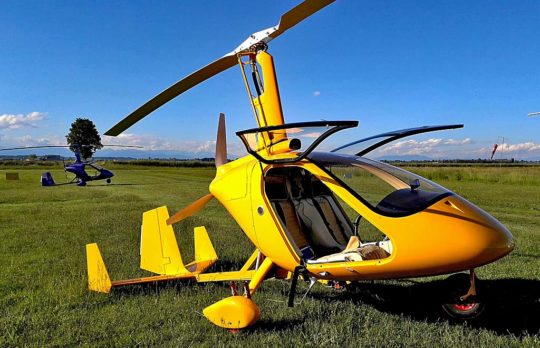
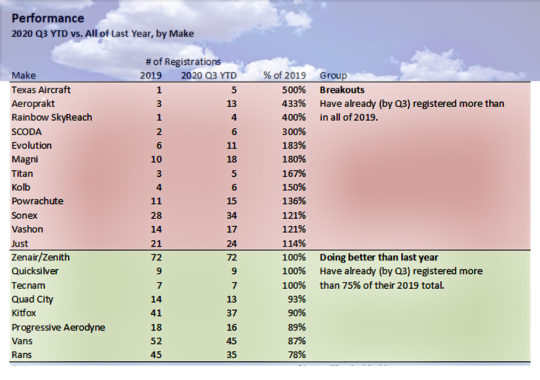
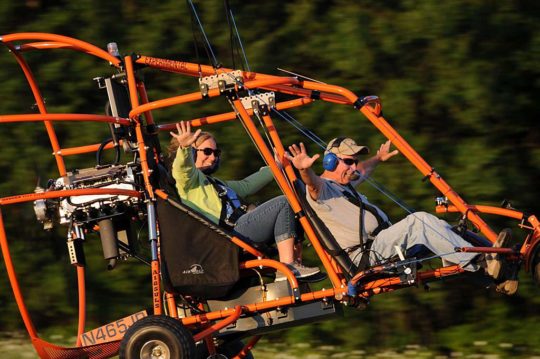
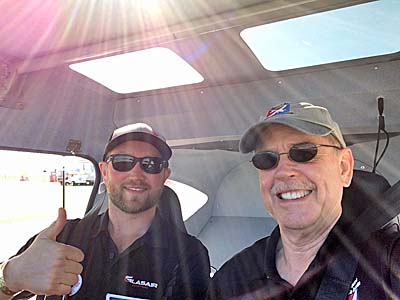
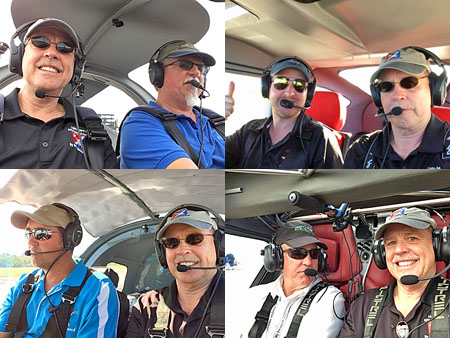
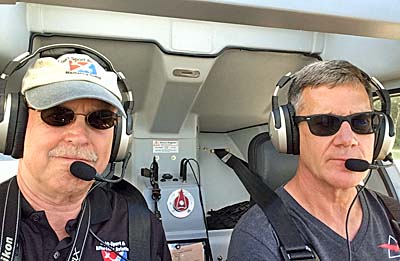
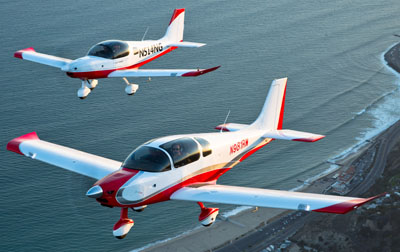 "Oshkosh is all about airplanes, right?" asked
"Oshkosh is all about airplanes, right?" asked 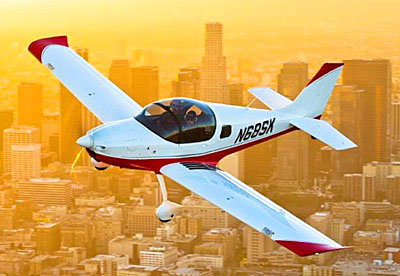
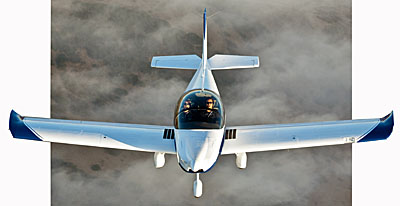 Vastly easier demo flying can be done at events like the just-concluded
Vastly easier demo flying can be done at events like the just-concluded 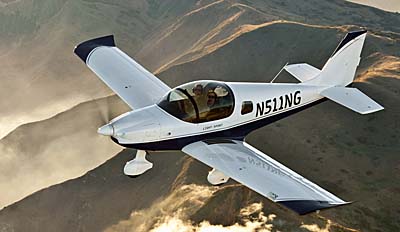 To keep up with demand and spark more TAF-USA hired Barry Jay as North American Sales and Marketing Manager, who will work closely with Matt Liknaitzky and Jean D'Assonville. "Barry comes to us with decades of experience in the general aviation and automotive industries," said The Airplane Factory USA. Jay has sold new Piper and Mooney aircraft, managed Lexus national advertising and worked with Toyota's aviation business development department." A private pilot with over 900 hours, Barry has been a member of the Sling Flying Club for over four years and has been a strong promoter of The Airplane Factory brand. An FAA Safety Team Representative, Barry was also recently reelected to the post of President of the Torrance Airport Association for a twelfth term.
To keep up with demand and spark more TAF-USA hired Barry Jay as North American Sales and Marketing Manager, who will work closely with Matt Liknaitzky and Jean D'Assonville. "Barry comes to us with decades of experience in the general aviation and automotive industries," said The Airplane Factory USA. Jay has sold new Piper and Mooney aircraft, managed Lexus national advertising and worked with Toyota's aviation business development department." A private pilot with over 900 hours, Barry has been a member of the Sling Flying Club for over four years and has been a strong promoter of The Airplane Factory brand. An FAA Safety Team Representative, Barry was also recently reelected to the post of President of the Torrance Airport Association for a twelfth term.
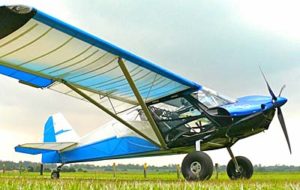 Are Light-Sport Aircraft too expensive? With yellow taildraggers from some companies exceeding $200,000, it certainly sounds so. Gorgeous and modern carbon fiber LSA run $125,000 to $180,000. So, yeah, if your budget is leaner or if you merely want to keep the price tag down for a recreational aircraft, it's tougher than imagined before the SP/LSA regulation was announced in 2004.
Are Light-Sport Aircraft too expensive? With yellow taildraggers from some companies exceeding $200,000, it certainly sounds so. Gorgeous and modern carbon fiber LSA run $125,000 to $180,000. So, yeah, if your budget is leaner or if you merely want to keep the price tag down for a recreational aircraft, it's tougher than imagined before the SP/LSA regulation was announced in 2004.
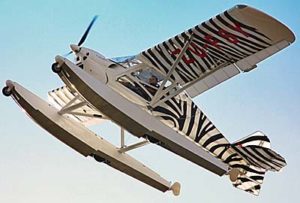 At the 2016 edition of the
At the 2016 edition of the 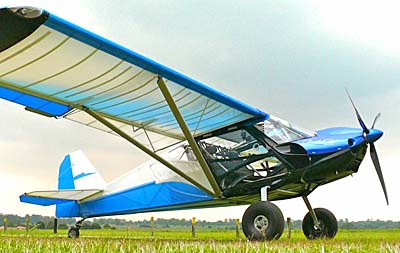
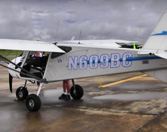
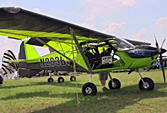
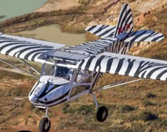
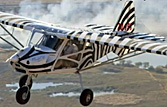
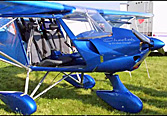
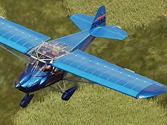
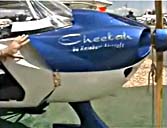
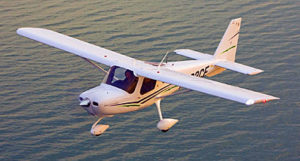
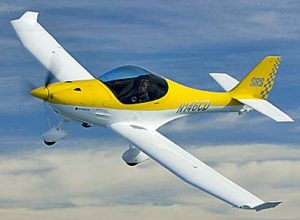
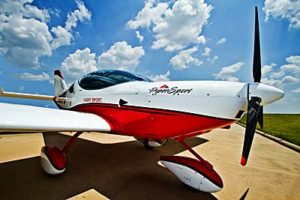
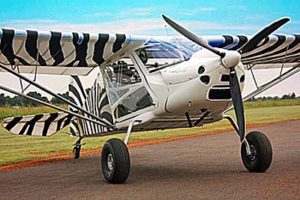
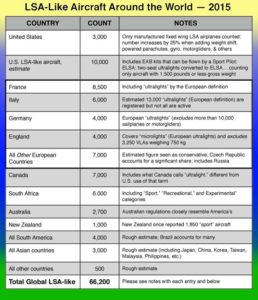
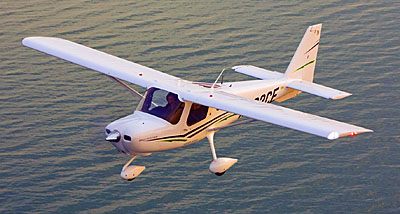
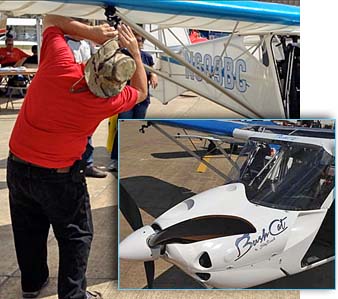
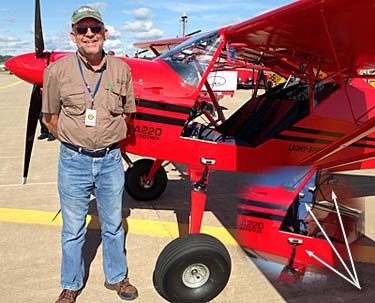
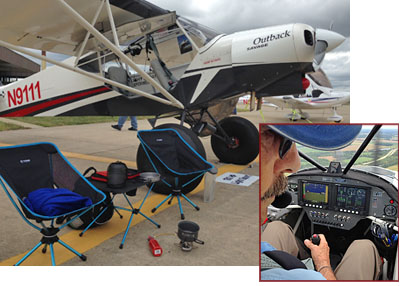
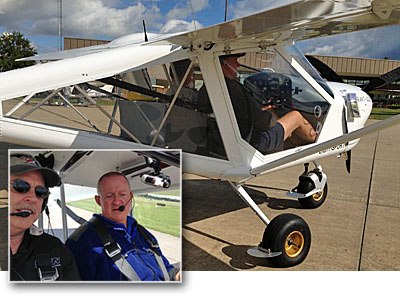

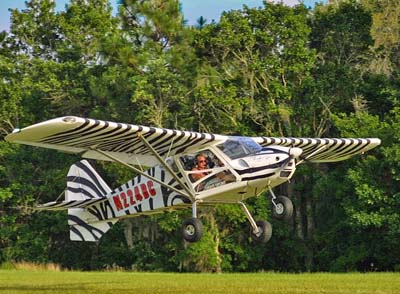 Let's move right to an important point. BushCat is most interesting aircraft with unique features of interest to many and you are much more likely to afford the South African airplane with its 2015 U.S. price of $65,000. That figure covers the
Let's move right to an important point. BushCat is most interesting aircraft with unique features of interest to many and you are much more likely to afford the South African airplane with its 2015 U.S. price of $65,000. That figure covers the 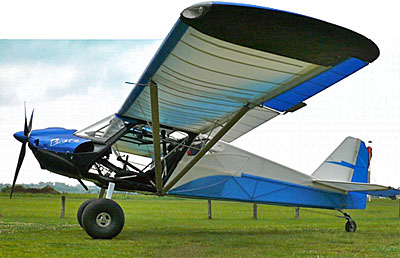 Quite significantly, BushCat's useful load now elevates to 617 pounds with 25 gallons of fuel. That means payload with full fuel is 465 pounds, which allows two 200-hundred pound occupants plus 65 pounds of cargo or other airborne gear. So, a very modest price — about what many expected eleven years ago when the SP/LSA rule was announced, all the more impressive as the time value of money has changed considerable in that period — and you get more utility for the dollars you spend. I'd call that win-win.
I find, as do many others I've asked, that BushCat is a handsome, rather gutsy looking light aircraft. Originally known by the name Cheetah, it has a distinctive cowling for a sharp look and is light and durable — empty weight is barely over 700 pounds — that helps assure robust performance. BushCat is flown with a control stick mounted between both occupants, forward of the central arm rest. As SkyReach notes, "This configuration allows the pilot to keep his or her hand on the stick at all times, freeing the other hand for the throttle and panel mounted instruments." Using a single joystick keeps control system complexity to a minimum and allows easier cockpit entry and exit.
Quite significantly, BushCat's useful load now elevates to 617 pounds with 25 gallons of fuel. That means payload with full fuel is 465 pounds, which allows two 200-hundred pound occupants plus 65 pounds of cargo or other airborne gear. So, a very modest price — about what many expected eleven years ago when the SP/LSA rule was announced, all the more impressive as the time value of money has changed considerable in that period — and you get more utility for the dollars you spend. I'd call that win-win.
I find, as do many others I've asked, that BushCat is a handsome, rather gutsy looking light aircraft. Originally known by the name Cheetah, it has a distinctive cowling for a sharp look and is light and durable — empty weight is barely over 700 pounds — that helps assure robust performance. BushCat is flown with a control stick mounted between both occupants, forward of the central arm rest. As SkyReach notes, "This configuration allows the pilot to keep his or her hand on the stick at all times, freeing the other hand for the throttle and panel mounted instruments." Using a single joystick keeps control system complexity to a minimum and allows easier cockpit entry and exit.
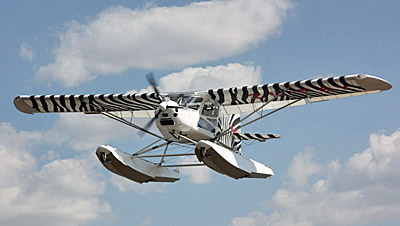 A couple years ago, one of the bigger changes SkyReach engineers made to BushCat was a move from a more complicated braced undercarriage to a sprung undercarriage. The new design uses a slab-style aluminum spring gear that SkyReach says provides a more accommodating load dampening resulting in softer off-airport landings. This airplane does duty in South Africa fighting animal poaching and can handle rough-field operation. It also features removable doors, which may work well for the anti-poaching task but also appeals to those of use that like open cockpit on warm summer days.
BushCat is a sturdy airplane boasting a +6, –4 G rating. It's construction looks simple with a tube-and-gusset arrangement but such designs have proven themselves over literally decades of safe operation. Wing and fuselage use a trilaminate composite fabric covering that requires no paint, saving both effort and weight. Trilam is commonly used in the sailing industry for yacht sails and by hang glider producers. It is an incredibly strong material and has proved itself against the elements; sailboats spend a lot of time exposed to sun and salt water, both tough environmental taskmasters.
Represented in the USA by
A couple years ago, one of the bigger changes SkyReach engineers made to BushCat was a move from a more complicated braced undercarriage to a sprung undercarriage. The new design uses a slab-style aluminum spring gear that SkyReach says provides a more accommodating load dampening resulting in softer off-airport landings. This airplane does duty in South Africa fighting animal poaching and can handle rough-field operation. It also features removable doors, which may work well for the anti-poaching task but also appeals to those of use that like open cockpit on warm summer days.
BushCat is a sturdy airplane boasting a +6, –4 G rating. It's construction looks simple with a tube-and-gusset arrangement but such designs have proven themselves over literally decades of safe operation. Wing and fuselage use a trilaminate composite fabric covering that requires no paint, saving both effort and weight. Trilam is commonly used in the sailing industry for yacht sails and by hang glider producers. It is an incredibly strong material and has proved itself against the elements; sailboats spend a lot of time exposed to sun and salt water, both tough environmental taskmasters.
Represented in the USA by 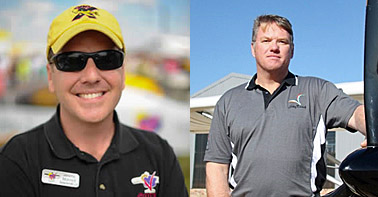 In closing this piece, I want to pay tribute to two light aviation kit builders. In the USA, the loss of Jeremy Monnett stunned many as he and assembly mechanic Mike Clark were killed June 2nd in an aircraft accident near the company's headquarters in Oshkosh, Wisconsin. Jeremy successfully lead the Sonex company in recent years and used a degree in mechanical engineering to create a design of his own, the single-seat, folding-wing Onex ("One-Ex") introduced in 2011.
BushCat importer Daniela Knoll also reported some sad news from the SkyReach factory in South Africa. "Walter de Lange, General Manager of SkyReach, died last week in a weight-shift trike accident. We are all shocked by the news since Walter was a very experienced trike pilot and airfield safety officer," wrote Daniela. "A great man will indeed be missed."
I offer my sincerest condolences to the families of each man and thank both for their significant contributions to light aviation. I thought very highly of Jeremy and will miss his broad, warm smile. I did not know Walter well, but did interview him at Oshkosh in 2013.
In closing this piece, I want to pay tribute to two light aviation kit builders. In the USA, the loss of Jeremy Monnett stunned many as he and assembly mechanic Mike Clark were killed June 2nd in an aircraft accident near the company's headquarters in Oshkosh, Wisconsin. Jeremy successfully lead the Sonex company in recent years and used a degree in mechanical engineering to create a design of his own, the single-seat, folding-wing Onex ("One-Ex") introduced in 2011.
BushCat importer Daniela Knoll also reported some sad news from the SkyReach factory in South Africa. "Walter de Lange, General Manager of SkyReach, died last week in a weight-shift trike accident. We are all shocked by the news since Walter was a very experienced trike pilot and airfield safety officer," wrote Daniela. "A great man will indeed be missed."
I offer my sincerest condolences to the families of each man and thank both for their significant contributions to light aviation. I thought very highly of Jeremy and will miss his broad, warm smile. I did not know Walter well, but did interview him at Oshkosh in 2013.
